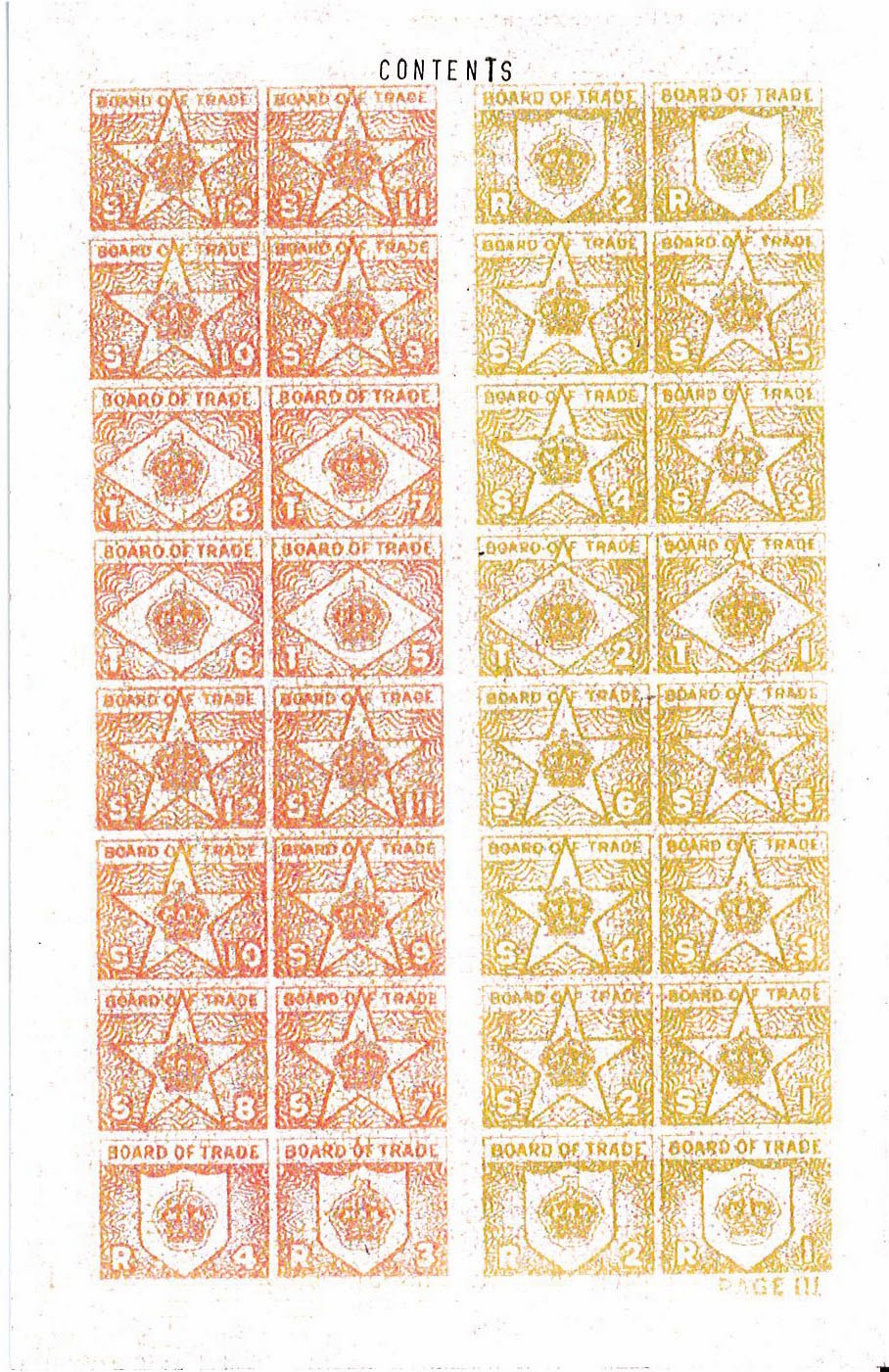After printing out all of my chosen pages in chose and cartridge
paper and sticking then all together in the correct order, I discovered that the scanner I used had two black marks on it that can
be seen on each of the pages printed. This, I thought made the booklet look
dirty, although they needed to look old; I did not want these black marks on
the paper. This meant that I had to re-scan and re-print all of my pages.
After re-scanning and re-printing, I successfully stuck
together and organised my chosen pages. I decided to use the front cover pages
as a place in which to put the information about the exhibition using the same
stamping technique I used in the telegram piece. I stamped the name, place, and
date in the corresponding boxes on the front page. I then used the first ration
token page to print the word ‘Contents’ onto the top of the page, this actual
contents can be printed at a later date in the same technique. For the final
page with stamping on I printed the word ‘Notes’ this is so the people who use the
book can make notes on their favourite pieces, or of an artist they discover.





















